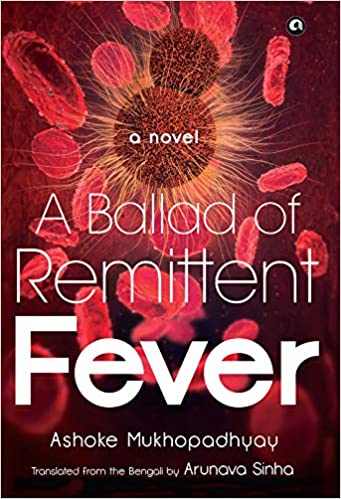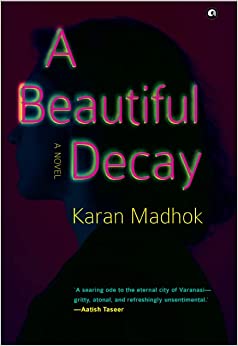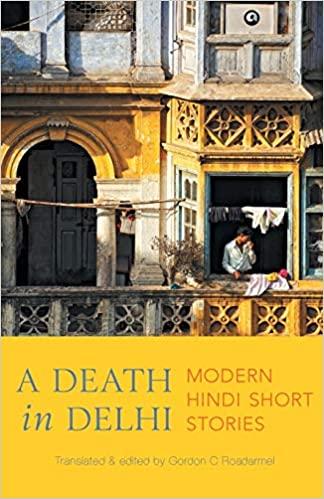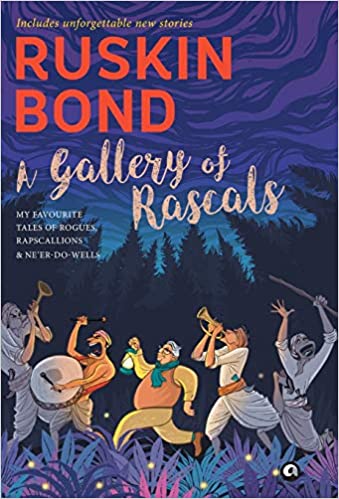Fiction
Featured Products
When The Wind God Fell Sick and Other Folk Tales
₹212.50
M.R.P.:₹ 250.00
You Save: ₹37.50 (15.00% OFF)
The House of Jaipur: The Inside Story of India's Most Glamorous Royal Family
₹491.18
M.R.P.:₹ 599.00
You Save: ₹107.82 (18.00% OFF)











